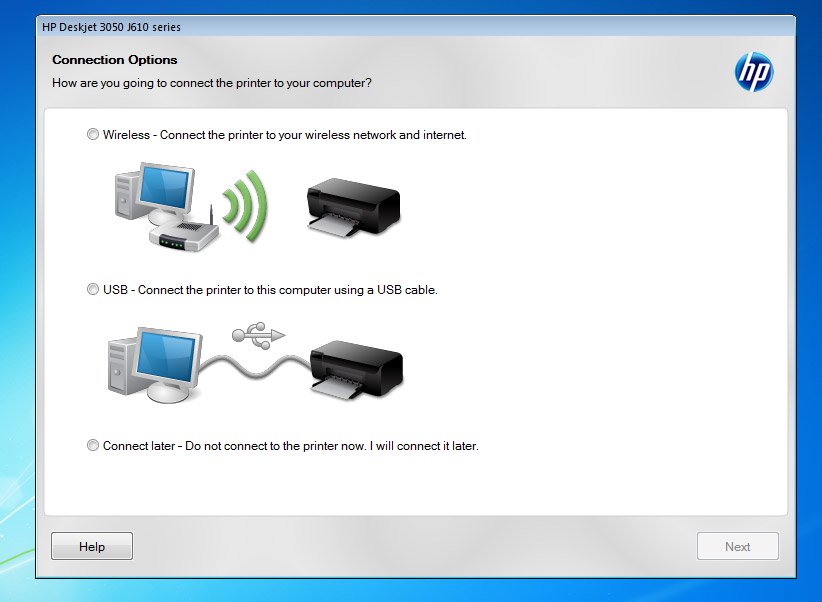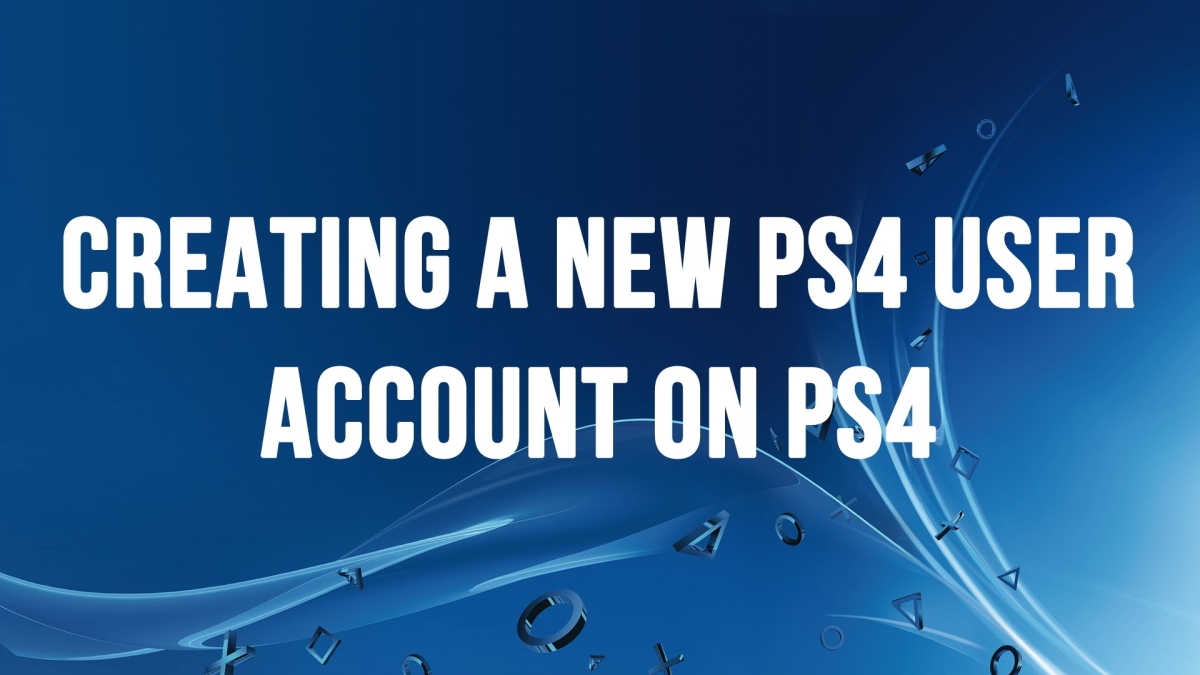1) Tip : Windows 7 Cool Feature – Problem Steps Recorder
Windows 7 ships with a utility named PSR (Problem Steps Recorder) that records the steps you’ve taken on the computer automatically including mouse clicks. You can use these recordings to speed up issues when you’re dealing with tech support.
Problem Steps Recorder can be used to automatically capture the steps performed by a user on a computer, including a text description of where they clicked and a picture of the screen during each click. This capture is then automatically saved to a file that can be used by a support professional to help the user troubleshoot the issue or understand what steps were taken by the user.
Steps :
- Click Start > Click Run or (Win + R) to open Run Command.
- Type PSR and Press Enter.

- Problem Steps Recorder toolbar will appear.

- To Start the capture simply press on the “Start Record” button:
- Now whatever you do on your computer it will be recorded in snaps as well as text.
- To Stop recording simply press “Stop Record” button.
- You will be prompted to save the resulting ZIP file:
- Write the name of the file and save it on the desktop or any location.

- Now extract the compressed file by right click extract all option.
- A Problem.mht file will be there in the extracted folder.
- Now open the file in internet explorer.

- Snaps including text and timings of all events will be there in that file.

- By default, PSR will record only 25 screenshots, but this can be changed to any number. Click on the small down-arrow next to the help icon, and then select Settings
- In any case, PSR is more than just a screenshot capturing tool. Besides automating the capturing of what’s going on the screen, it will also highlight the user’s mouse clicks, and, most importantly, will provide a detailed textual metadata with a description of what the user is doing.
- Enjoy.
2) Tip : Shutdown Timer trick in Windows 7.
Steps :
- Click Start type CMD in the search box. Right click and click open to run Command line.

- Type shutdown /s /t 3600 and Enter.
- Note: 3600 are the amount of seconds before your computer shuts down. So , 60secs*60mins=3600secs Means 1 Hour.

- Windows will display message about shutting down in 60 minutes.

- TO ABORT: Type shutdown /a To make an abort and stop the shutdown timer.

- A message will be prompted to you that the scheduled shutdown has been cancelled.

- Enjoy.
3) Tip : Adding Additional Clocks
By using this trick we can see clocks for different cities. To make this work on Windows 7, click the clock icon in your system tray. Choose Additional Clocks in the windows that pops up and add the additional cities you want. Unfortunately, the additional times don’t exactly get displayed in your tray — you need to hover over the clock.
Steps :
- Click on the clock icon present in the system tray.
- Click on Change date and time Settings. . . option.
- Click on Additional Clocks Tab.

- The clocks for different cities will appear.

- Enjoy .
4) Tip : Get a power efficiency report
If you have a laptop, you can use the efficiency calculator to get Windows 7 to generate loads of useful information about its power consumption. Used in the right way, this can help you make huge gains in terms of battery life and performance.
Steps :
- Open a command prompt as an administrator by typing ‘CMD‘ in Start Search, and when the cmd icon appears, right-click it and choose Run as administrator.

- Then at the command line, just type in powercfg -energy and hit Enter, Windows 7 will scan your system looking for ways to improve power efficiency.

- It will then publish the results in an HTML file, usually in the System32 folder. Just follow the path it gives you to find your report.

- In the given location you will find the energy-report.html file. Now open that file in internet explorer.

- Enjoy.
5) Tip : Don’t Like the MS Office Ribbon? Bring Back Proper Menus.
Many people think that the new ribbon interface that Microsoft introduced with Office 2007 was a definite change for the better. But lots of people, including myself, disagree. We spent years learning our way around the traditional menu structure, which merely resulted in frustration when Microsoft decided to “improve” things.
If you use Office 2007 or 2010 and you want the old menus back, there are a handful of programs and add-ins that can achieve this for you. One of the better-known offerings is Ubit Menu. You can get it from http://www.ubit.ch/software/ubitmenu-languages it works in both Office 2007 and 2010. It’s a tiny download, at less than 400 KB.

6) Tip : Monitor Your Performance with Resource Monitor
Windows 7 is usually incredibly quick if yours is acting out, here is a quick little tool buried in Win 7 to help you diagnose the issue. This tool provides you with an indepth look at what is eating your CPU cycles, memory and network.
Steps :
- Click Start type resmon in the search box to launch the Resource Monitor.


7. Tip : Take control
Tired of the kids installing dubious software or running applications you’d rather they left alone? AppLocker is a new Windows 7 feature that ensures users can only run the programs you specify. Don’t worry, that’s easier to set up than it sounds: you can create a rule to allow everything signed by a particular publisher, so choose Microsoft, say, and that one rule will let you run all signed Microsoft applications. Launch GPEDIT.MSC and go to Computer Configuration > Windows Settings > Security Settings > Application Control Policies > AppLocker to get a feel for how this works.
8) Tip : Calibrate your screen
The colours you see on your screen will vary depending on your monitor, graphics cards settings, lighting and more, yet most people use the same default Windows colour profile. And that means a digital photo you think looks perfect might appear very poor to everybody else. Fortunately Windows 7 now provides a Display Colour Calibration Wizard that helps you properly set up your brightness, contrast and colour settings, and a ClearType tuner to ensure text is crisp and sharp. Click Start, type DCCW and press Enter to give it a try.



